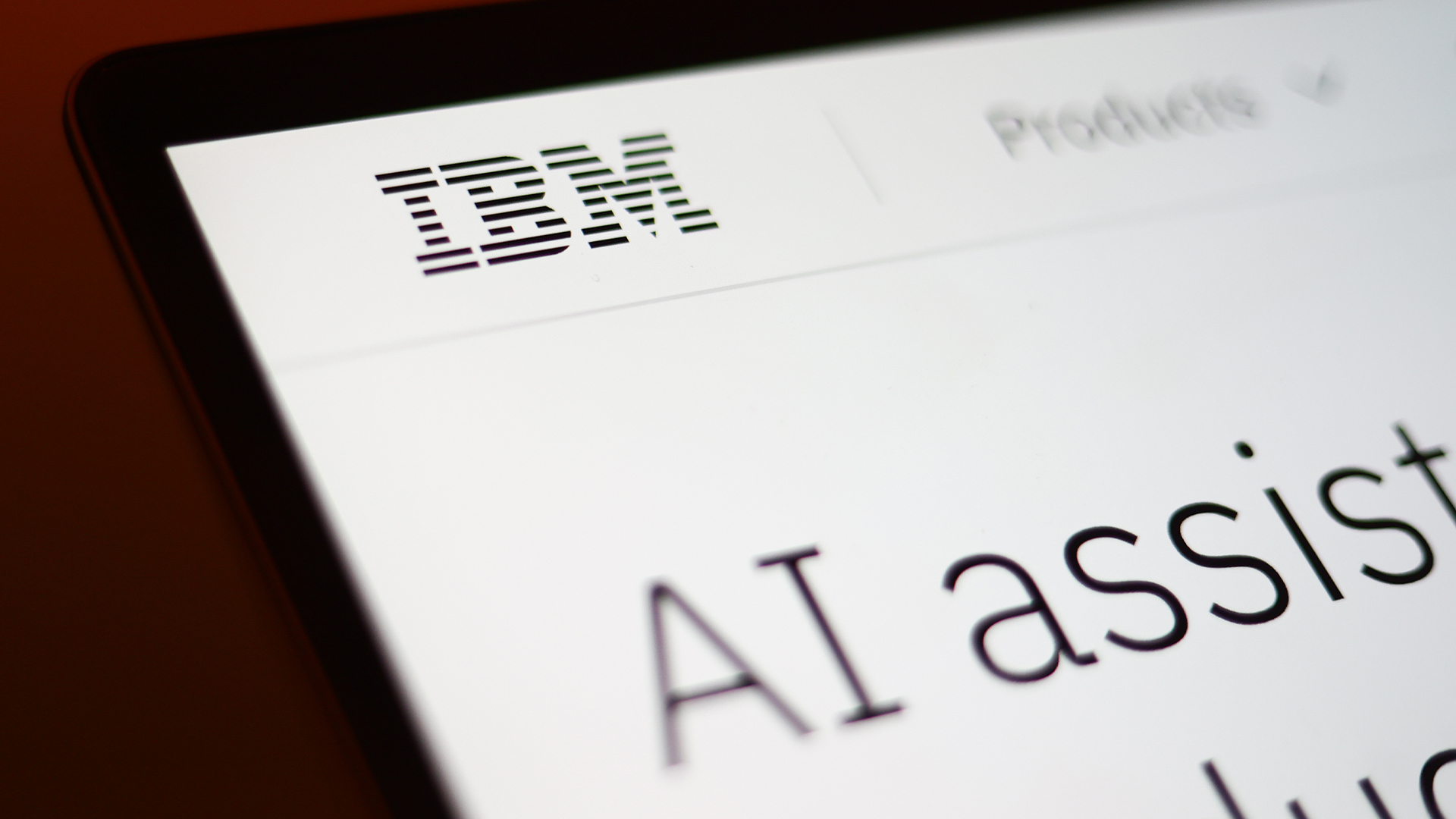IBM adds Power to CloudBurst line-up
The modular data centre with SAP certification gets some extra Power.

IBM has added configurations based on Power7 servers to its CloudBurst virtual private cloud options.
CloudBurst on Power has been designed to provide everything needed for a private cloud environment, IBM said, including Tivoli service management software, storage and network. The aim is to provide a rapidly deployed, virtual turnkey, cloud environment.
CloudBurst first appeared on IBM's x86 servers and is now at version 2.1, which the new Power systems have inherited. At the Power announcement, IBM also added to the x86, or Server x, line-up.
Packaging systems into preconfigured cells or pods has been increasing in popularity with other big vendors. HP, Oracle and Dell have allput their weight behind packages for customers as a winning strategy.
From the customer viewpoint, it theoretically makes building a data centre a click-fit assembly, as easy as using Lego bricks. That is the theory, but it certainly does take some of the planning and integration problems away.
IBM said it does as much of the integration work as possible before the system leaves the factory. For those customers who prefer to do the installation themselves, IBM has provided Service Delivery Manager to assist installations on existing Power and x86 systems.
The self-service nature of the software and services has been simplified to allow access through a couple of clicks. Any applications not in use are withdrawn from the system, being placed in a state IBM referred to as "deep freeze," and taking up minimal resource space.
Sign up today and you will receive a free copy of our Future Focus 2025 report - the leading guidance on AI, cybersecurity and other IT challenges as per 700+ senior executives
CloudBurst v2.1 on Power has been architected for enterprise-level operations, overlapping the high end of the x86 models. The scalability has allowed IBM to certify it for use with SAP systems.
The first three CloudBurst configurations, announced this week for availability in December, are based on Power 750 servers. The low-end is a rack-mounted single server with 32 processor cores. Virtualised, it can run up to 160 server instances.
At the top-end, this becomes five racks with 11 Power 750 servers, which can run up to 2,960 virtual machines, IBM claimed.
-
 Everything you need to know about Google and Apple’s emergency zero-day patches
Everything you need to know about Google and Apple’s emergency zero-day patchesNews A serious zero-day bug was spotted in Chrome systems that impacts Apple users too, forcing both companies to issue emergency patches
-
 Ronald Richardson to lead Leaseweb’s global commercial strategy
Ronald Richardson to lead Leaseweb’s global commercial strategyNews The experienced executive has been named Leaseweb’s new CRO as the IaaS provider embarks on the next phase of its growth journey
-
 Put AI to work for IT operations
Put AI to work for IT operationswhitepaper Reduce the cost and complexity of managing hybrid applications
-
 AI in the retail industry is spreading beyond the IT department
AI in the retail industry is spreading beyond the IT departmentNews AI has become a strategic imperative for retailers, delivering marked productivity gains
-
 Maximizing contact center operations with generative AI assistants backed by responsible AI principles
Maximizing contact center operations with generative AI assistants backed by responsible AI principleswhitepaper Reduce the cost and complexity of managing hybrid applications
-
 IBM just launched powerful new open source AI models – here’s what you need to know
IBM just launched powerful new open source AI models – here’s what you need to knowNews Available under the Apache 2.0 license, IBM's Granite 3.0 models are trained on enterprise data and can out-perform the competition
-
 Achieving business outcomes with generative AI
Achieving business outcomes with generative AIWebinar Take your hybrid cloud journey to the next level with generative AI
-
 Wimbledon’s new Catch Me Up AI feature promises to keep fans up to date at the tournament – after it irons out some of the wrinkles
Wimbledon’s new Catch Me Up AI feature promises to keep fans up to date at the tournament – after it irons out some of the wrinklesNews The latest feature to come out of IBM’s partnership with Wimbledon will keep fans engaged from the early stages right through to the final with dynamic player insights
-
 AI demands new ways of data management
AI demands new ways of data managementwhitepaper The data leader’s guide for how to leverage the right databases for applications, analytics and generative AI
-
 AI governance for responsible transparent and explainable AI workflows
AI governance for responsible transparent and explainable AI workflowswhitepaper Build greater trust in your AI